Boosters reach goal for ARHS track, but project with turf field still $1M short
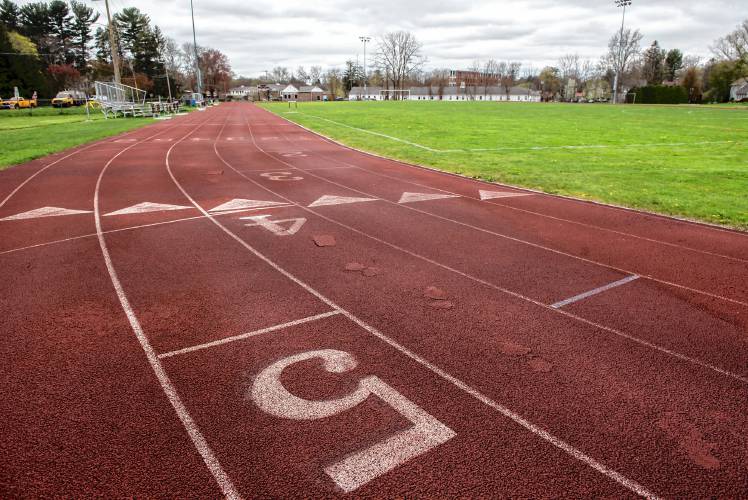
The Amherst Regional High School varsity athletic field and six-lane track, with some repair patches visible in lane four. STAFF FILE PHOTO
|
Published: 01-11-2024 11:09 AM
Modified: 01-11-2024 2:23 PM |
AMHERST — A $4.74 million project to rebuild and reorient the high school track and field is receiving significant financial support from families, individuals and businesses who have contributed to the Amherst Hurricane Boosters’ fundraising initiative.
But representatives from the organization that supports student athletes are cautioning the Amherst Regional School Committee that amending earlier decisions on the project — such as requiring a synthetic playing field surface, potentially to reduce costs or to respond to concerns about artificial turf containing the forever chemicals known as PFAS — could jeopardize some of the $349,540 already committed.
“I think as a regional school committee, you need to understand almost 200 unique individuals have contributed in their own way to this project,” Boosters treasurer Stephanie Hockman told the School Committee on Tuesday. “That’s a big number.”
Hockman said that agreements with businesses and families are for a north-south alignment of the track and field, with the track featuring eight lanes and the interior field being artificial turf. Should any of this change, the Boosters would then have to go back to donors and ask what they would like to do, with Hockman stating that at least one business has informed the Boosters it would ask for its money back.
As of December, the district has around $3.37 million to spend on the project, with a $1.5 million debt authorization apportioned to the four member towns, Shutesbury, Leverett, Pelham and Amherst; while Amherst and Pelham also provided Community Preservation Act money as well, $957,500 and $11,500, respectively. Amherst also contributed $900,000 from reserves.
With that money and the Boosters’ fundraising, funding for the project as envisioned is still more than $1 million short, with no clear plans on where to find that.
“The short story is we don’t have enough money,” Slaughter told the School Committee in November.
The series of plans and alternatives for the track and field were drawn up by Weston & Sampson. The track was built in 1999, and its interior field has been in poor condition for several years.
Article continues after...
Yesterday's Most Read Articles
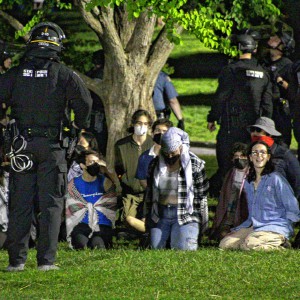 More than 130 arrested at pro-Palestinian protest at UMass
More than 130 arrested at pro-Palestinian protest at UMass
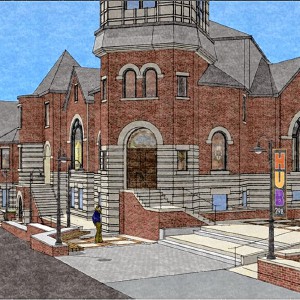 Public gets a look at progress on Northampton Resilience Hub
Public gets a look at progress on Northampton Resilience Hub
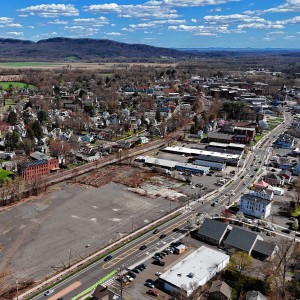 Northampton bans auto dealerships near downtown; zone change won’t affect Volvo operation on King Street
Northampton bans auto dealerships near downtown; zone change won’t affect Volvo operation on King Street
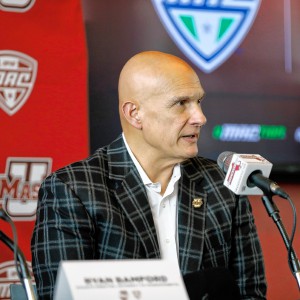 UMass basketball: Bryant forward Daniel Rivera to be Minutemen’s first transfer of the offseason
UMass basketball: Bryant forward Daniel Rivera to be Minutemen’s first transfer of the offseason
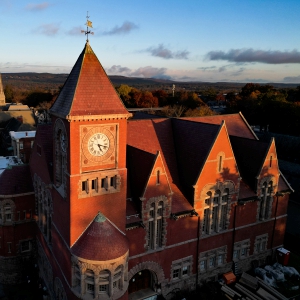 Town manager’s plan shorts Amherst Regional Schools’ budget
Town manager’s plan shorts Amherst Regional Schools’ budget
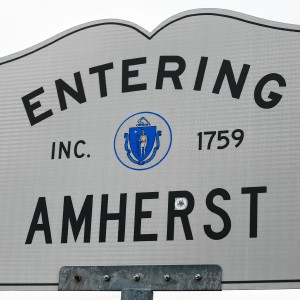 Police respond to alcohol-fueled incidents in Amherst
Police respond to alcohol-fueled incidents in Amherst
The school district recently hired SLR Consulting of Springfield to evaluate the site, considering the field surface and manufacturing techniques, and provide other options, as well as less expensive cost estimates, before going out to bid.
Of the $349,540 committed to the Hurricane Boosters Transformative Uses for Regional Fields Capital Campaign, exceeding the $331,000 commitment of private funding to have the project move forward, $243,040 is already in hand, according to the Boosters. Six businesses have donated a total of $147,050, and several families have committed a total of $160,000, Klaes said.
“This was a huge undertaking for six or seven volunteers at a given time,” said Boosters President Mary Klaes.
During the fundraising over the past two years, the Boosters representatives have worked with and solicited input from professional fundraisers, who suggested having a specific plan and vision. “When you’re trying to do this kind of fundraising, you have to have clear goals and objectives,” Klaes said.
Klaes and others are committed to continuing to fundraising so long as the School Committee is invested in the project, she said. The final work by the Hurricane Boosters is to have fundraising events, including one to match a $25,000 matching gift from bankESB, with an idea to have donors get small plaques on a seating area.
Hockman said even if the School Committee is able to find a less expensive option, keeping the current east-west orientation should be abandoned, as there is no way to have a playable surface due to the field being wet and having limited time between uses to dry out. “The maintenance on it will sink the town, just because of the way that drainage is,” Hockman said.
Even with all the work on the capital campaign, Klaes said the Boosters continued to raise money for its regular mission of supporting the student-athletes in the district, and maintained and went beyond the status quo. That included making sure athletes from all high school sports had access to video equipment they would need for college recruiting, and made sure all teams and seniors had access to certain fundraising opportunities.
Shutesbury representative Anna Heard said she is concern is about having to go back to drawing board with the track project if cost estimates continue to be high, possibly delaying the project several more years.
The initial outlay may be more for an artificial turf field, Klaes said, but such a surface will help generate money for the district from teams and organizations that would rent the field. That money could then be used for upkeep and eventual replacement, she said.
Scott Merzbach can be reached at smerzbach@gazettenet.com.

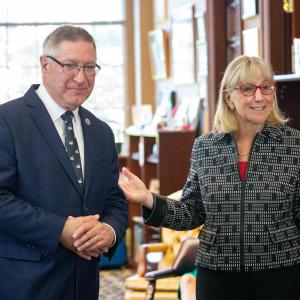 State Senate budget funds free community college for all
State Senate budget funds free community college for all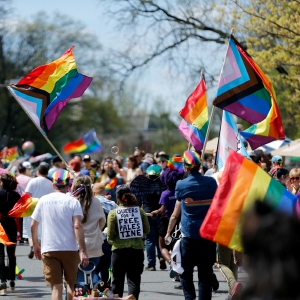 ‘We can just be who we are’: Thousands show support for LGBTQ community at Hampshire Pride
‘We can just be who we are’: Thousands show support for LGBTQ community at Hampshire Pride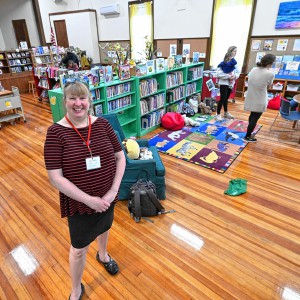 Doors open at Tilton Library’s temporary home at South Deerfield Congregational Church
Doors open at Tilton Library’s temporary home at South Deerfield Congregational Church Area property deed transfers, May 2
Area property deed transfers, May 2
